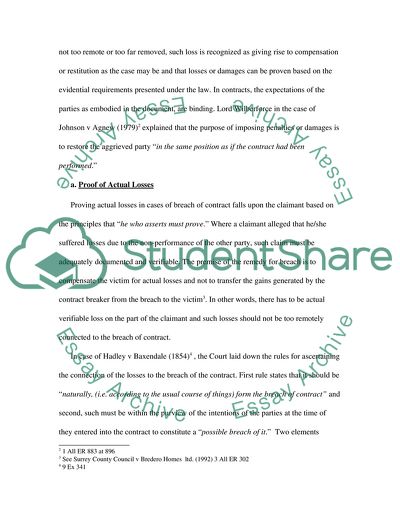Cite this document
(Damages in Torts and Breach of Contract Term Paper, n.d.)
Damages in Torts and Breach of Contract Term Paper. https://studentshare.org/law/1704200-remedies-for-breach-of-obligations
Damages in Torts and Breach of Contract Term Paper. https://studentshare.org/law/1704200-remedies-for-breach-of-obligations
(Damages in Torts and Breach of Contract Term Paper)
Damages in Torts and Breach of Contract Term Paper. https://studentshare.org/law/1704200-remedies-for-breach-of-obligations.
Damages in Torts and Breach of Contract Term Paper. https://studentshare.org/law/1704200-remedies-for-breach-of-obligations.
“Damages in Torts and Breach of Contract Term Paper”. https://studentshare.org/law/1704200-remedies-for-breach-of-obligations.


